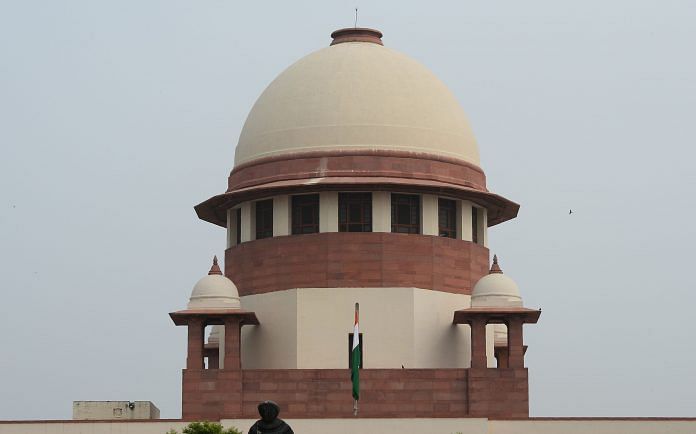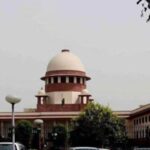Most importantly, the court condemned JSW’s conduct as mala fide, observing that it misused the process of the law and failed to fulfill its commitments after securing CoC approval. The court found that it was especially reprehensible that JSW did not abide by its commitment to make upfront payments as per the Resolution Plan, and that it ought to be held responsible for delaying the payment to financial creditors and operational creditors.
The court strongly criticised the CoC for reversing its position without justification and belatedly accepting JSW’s offer—calling it enough to raise suspicions of collusion. In scrapping the resolution plan, the court underscored that neither courts nor tribunals should allow successful resolution applicants to flout legal requirements or delay the process under the guise of ongoing litigation. Abuse of process, it emphasised, has no place in the insolvency framework.
In a key development, the judgment clarified the limits of NCLAT’s jurisdiction under Section 61(3) of the IBC. It declared that the tribunal had no power to review actions taken under public laws such as the Prevention of Money Laundering Act, 2002. While NCLAT had earlier stayed the ED’s provisional attachment of BPSL’s assets, citing Section 32A of the IBC, which grants immunity from prosecution to new management post-resolution, the Supreme Court held that NCLAT had overstepped. It had no authority weighing in while the matter was pending before the apex court. This ruling narrows the scope of NCLAT’s powers, underlining that while insolvency bodies may handle commercial restructuring, issues involving criminal law or public enforcement lie outside their domain.
Had this verdict been delivered within weeks of the case reaching the Supreme Court, it might have earned praise. The judgment draws out in great detail various deviations from the procedural norms set out under the IBC as well as the CIRP Regulations, while also elaborating the rationales behind these norms. If decided promptly, this comprehensive evaluation could have been seen as a strong step toward ensuring that any fresh proceedings under the Code for Bhushan Steel were legally unimpeachable. Even more importantly, it would have sent out a strong signal to all Resolution Professionals to be extremely careful in ensuring adherence to each and every aspect of the law. Given the value of the debts involved in this case, it had all the markings of a landmark judgment even before it was authored.
However, viewed in 2025, the judgment has a different impact. It is worth recalling that the IBC, enacted in 2016, was meant to fundamentally reshape India’s approach to corporate distress. It was designed to overcome serious shortcomings plaguing earlier legislative attempts at formulating insolvency and bankruptcy frameworks. Unlike previous legislation, the IBC establishes a clear preference for the resolution and resumption of a viable business over its piecemeal liquidation. A primary objective of the Code is the “maximisation of value of assets” of the corporate debtor—a goal closely tied to the concept of business rescue. Keeping a company operational typically preserves, and often enhances, asset value far more effectively than liquidation. Statistically, resolution plans have led to a much higher percentage of recovery claims compared to liquidation.
The impact of the Supreme Court verdict must be analysed while keeping in mind all of these factors. The judgment seems to imply that a Resolution Plan can be thrown out at any stage if the procedure under the IBC and the Regulations is not followed perfectly. This could well have the effect of deterring prospective resolution applicants in the future. What is more, the deterrent effect is likely to be stronger in cases involving large debts, where the stakes are higher. That is particularly unfortunate, given how few applicants come forward in insolvency cases of this scale—and part of the legislative intention behind the IBC was to rescue businesses.
All things considered, the judgment scares stakeholders away from CIRPs due to the possibility of error—on the part of the Resolution Applicant, the Resolution Professional, the CoC, the NCLT, or the NCLAT. This can increase the ratio of liquidations to resolution plans. In recent years, India has witnessed a gradual rise in the ratio of resolutions against liquidations, and this was a sign of greater maturity of the insolvency process. The SC ruling in this case threatens to stall, and even reverse that positive trend. Thus, while it may uphold the letter of the law, the Supreme Court’s verdict appears to frustrate the primary objective underlying the IBC—that of value maximisation. If this is the law, then it is certainly a very expensive ass.
Of course, the Bhushan Steel case isn’t the only one been decided late. If one looks at the queues in India’s superior courts, including the Supreme Court, it could even be argued that this case was heard early. This is part of a larger structural problem. But when considering the bigger goal of asset rescue, it is time to ask whether a statutory appeal to the Supreme Court is necessary at all. After all, each NCLT is presided over by former High Court judges, and the NCLAT is presided over by former Supreme Court judges or the Chief Justice of a High Court.
Egregious errors can always be challenged by invoking the Supreme Court’s special leave jurisdiction under Article 136 of the Constitution. The problem with statutory appeals like the present one is that clever lawyering and lazy judging can make anything “a question of law”, triggering the jurisdiction of the Supreme Court under Section 62 of the IBC. The fact that Section 62 does not even require the question of law to be “substantial” (unlike the provisions under the Electricity Act or the National Green Tribunal Act) further complicates the matter.
In directing liquidation, the Supreme Court invoked its discretionary powers under Article 142 of the Constitution to do “complete justice” (something the honourable Vice-President Jagdeep Dhankhar sees as a “nuclear missile”). Considering all the investments made by JSW in the last few years to turn the entity from a loss-making to a profit-making one, and the employment secured and generated by taking over and administering the steel plants, the Court could have taken a page from the Uddhav Thackeray playbook: “lots of pettifogging illegalities yes, but sorry, we can’t help you now.”
Raju Ramachandran is a Senior Advocate of the Supreme Court of India. Vikram Aditya Narayan is an Advocate practicing in Delhi. Views are personal.
(Edited by Ratan Priya)








